Thanksgiving in the United States is a unique national holiday. It honors no group of people, as Presidents’ Day or Memorial Day do, nor does it celebrate a pivotal event in history like Independence Day (July 4th and the signing of the Declaration of Independence) or Patriot’s Day (memorializing the horrific events of September 11, 2001). The fourth Thursday in November is commonly celebrated with families around a groaning dinner table crammed with favorite family dishes and turkey at its center, parades followed by football on TV, and planning Black Friday shopping with the precision of General Eisenhower coordinating Operation Neptune's landings at Normandy. Where did this holiday come from, and how did it grow to such an iconic celebration of Americana?
Colonial America and the Early Republic Years
Native Americans had held ceremonies to give thanks for many occasions: successful harvests, the hope of a good growing season in the early spring, and other good fortunes such as the birth of a child. Giving thanks was, and still is, the primary reason for Native American ceremonies or celebrations. The Pilgrims, the first colonists in New England, were also accustomed to regularly celebrating "thanksgivings"—days of prayer thanking God for blessings such as military victory or the end of a drought. In the late fall of 1620, the Pilgrims arrived in America and found themselves horribly unprepared for the New England winter; more than half their party died before spring. After the thaw, they befriended some local natives who taught them how to survive in this new land. 90 Native Americans and 53 Pilgrims shared in the first "American" Thanksgiving, a three-day feast in the fall of 1621 celebrating friendship and a bountiful harvest.
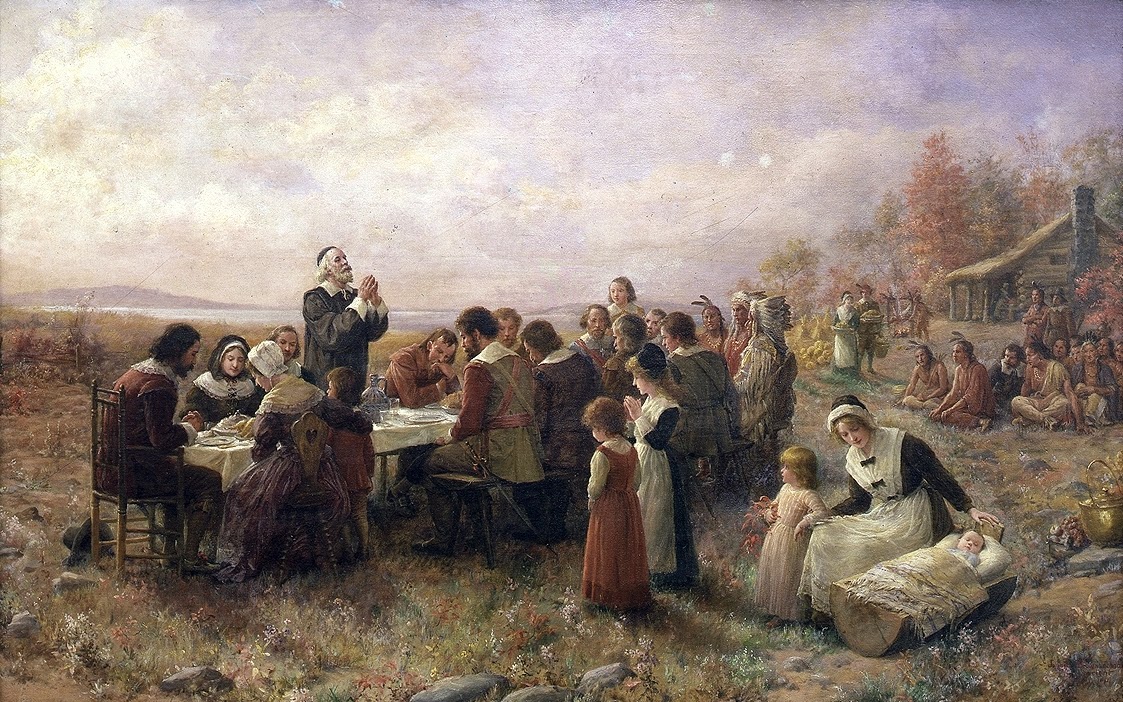 |
| The First Thanksgiving (1914) Jennie A. Brownscombe U.S. Public Domain |
Days of thankfulness continued during the American Revolution. The Continental Congress issued several proclamations declaring a Day of Thanksgiving, often coinciding with military victories. These were not specifically national celebrations, but generally observed only in the areas local to the battle. In 1789, a newly inaugurated George Washington called for a National Day of Thanks to celebrate both the end of the war and the recent ratification of the U.S. Constitution. Both John Adams and James Madison issued similar proclamations of their own, but fellow Founding Father Thomas Jefferson felt the religious ideals surrounding the event were out of place - the nation had been founded on the separation of church and state, so thanking God for blessings was out of place with a federal holiday. There was no preclusion to local municipalities establishing events, but because of this philosophy, no formal national declarations were issued after 1815.
Sarah Hale
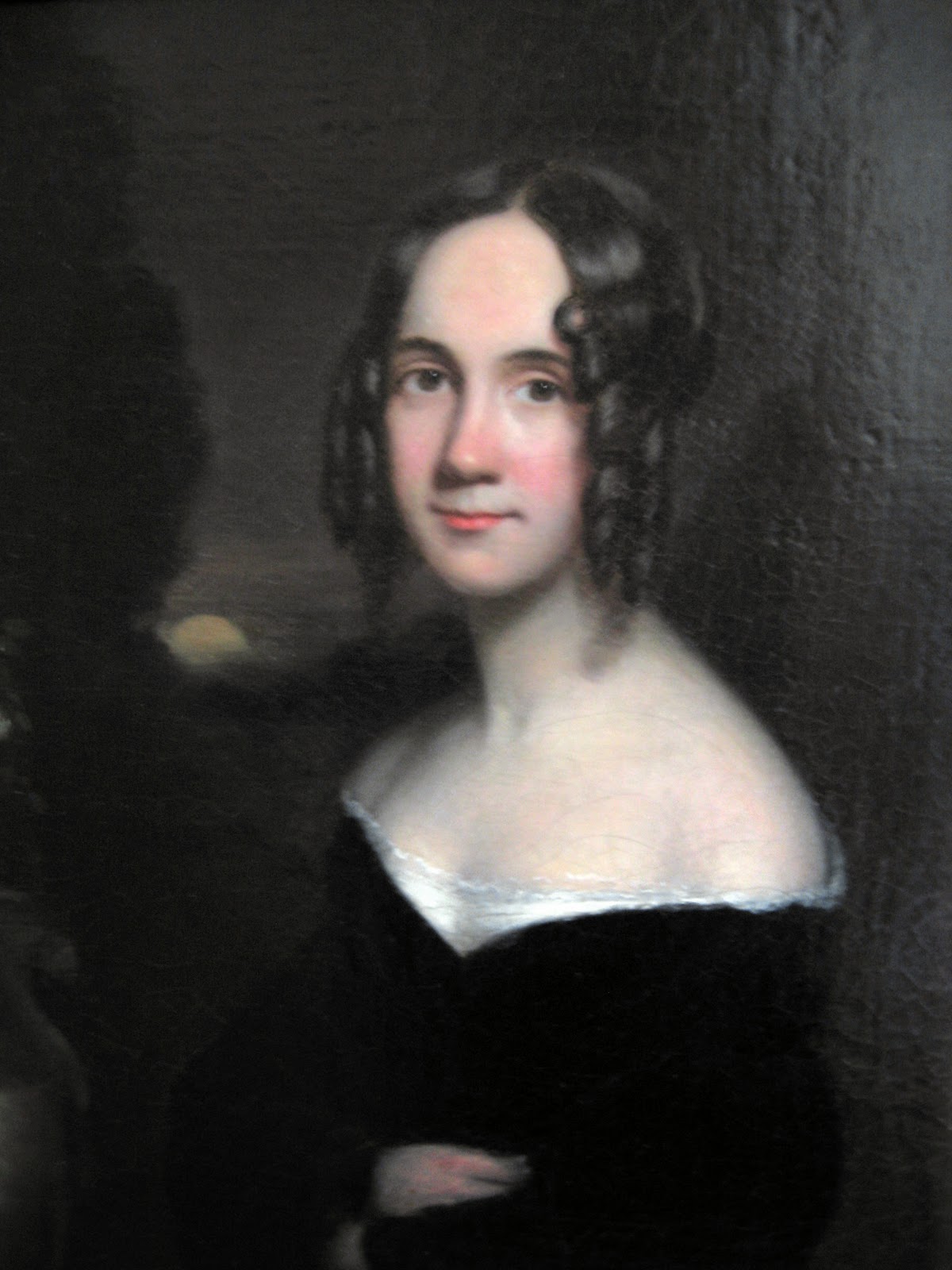 |
| Sarah Josepha Hale (c.1831) James Reid Lambdin U.S. Public Domain |
Much of the credit for the modern Thanksgiving day goes to a woman named Sarah Josepha Hale. A prominent writer (she authored the nursery rhyme "Mary Had a Little Lamb") and newspaper editor, the New Hampshire-born Hale had grown up regularly celebrating an annual Thanksgiving holiday. Hale often wrote editorials and articles about the holiday, and she lobbied state and federal officials to pass legislation creating a fixed, national day of thanks on the last Thursday of November—a unifying measure, she believed that could help ease growing tensions and divisions between the northern and southern parts of the country. Her efforts paid off; by 1854, more than 30 states and territories had a Thanksgiving celebration on the books, but Hale’s vision of a national holiday remained unfulfilled.
The outbreak of the Civil war in April 1861 did little to stop Hale’s efforts to create such a holiday, however. She continued to write editorials on the subject, urging Americans to “put aside sectional feelings and local incidents” and rally around the unifying cause of being thankful for blessings. Though the practice of thanksgiving continued in both the Union and the Confederacy, it was far from Hale’s ideal of a unified event. In 1861 and 1862, Confederate President Jefferson Davis had issued Thanksgiving Day proclamations following Southern victories; United States President Abraham Lincoln himself called for a day of thanks in April 1862 following Union victories at Fort Donelson, Fort Henry, and Shiloh, and again in the summer of 1863 after the Battle of Gettysburg.
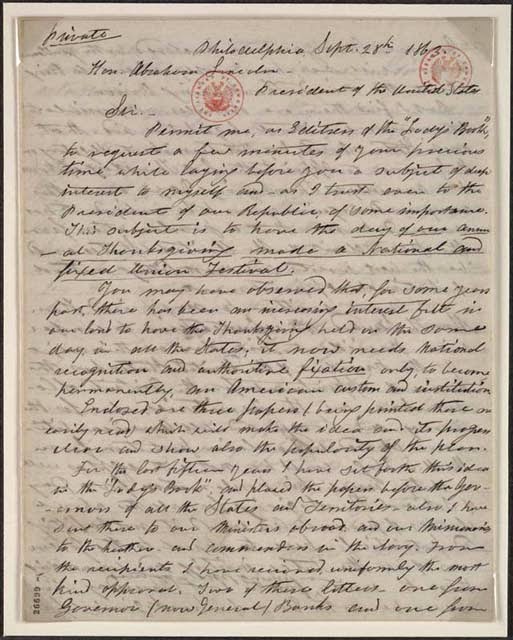 |
| Sarah Hale's letter to President Abraham Lincoln Library of Congress |
The 20th Century and Beyond
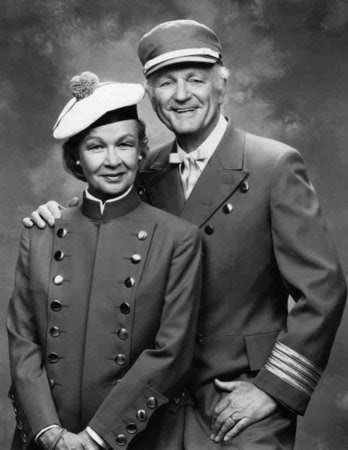 |
| W. Carter and Patricia Merbreier "Captain and Mrs. Noah" Philadelphia media icons and frequent participants in the Philadelphia Thanksgiving Day Parade Image Source: Philly.com |
I’m thankful for all of you who have been supporting me and reading the Luke’s American Adventures series. Happy Thanksgiving!
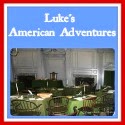
©2012- 2014 Adventures with Jude. All rights reserved. All text, photographs, artwork, and other content may not be reproduced or transmitted in any form without the written consent of the author. http://adventureswithjude.com

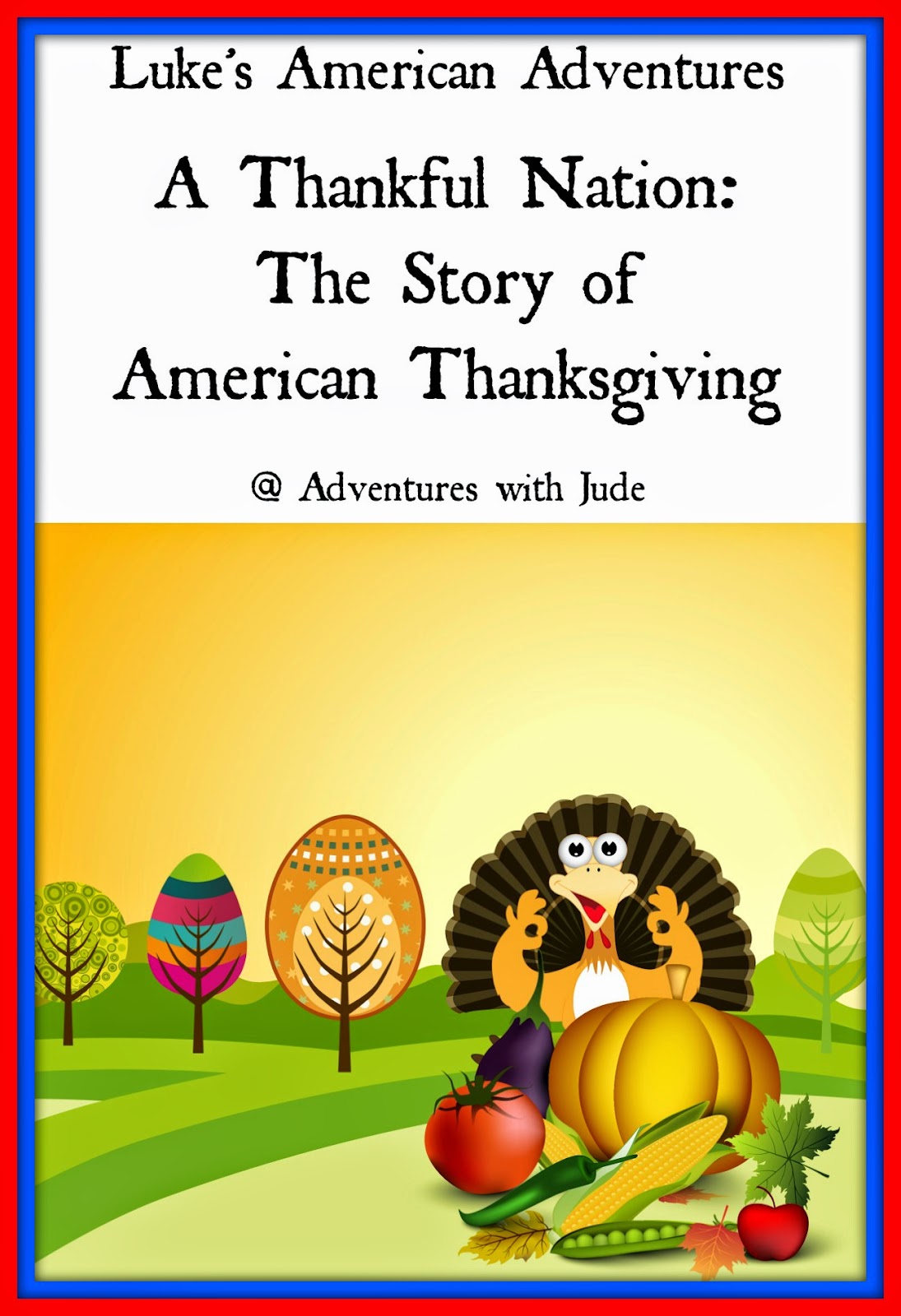

No comments:
Post a Comment